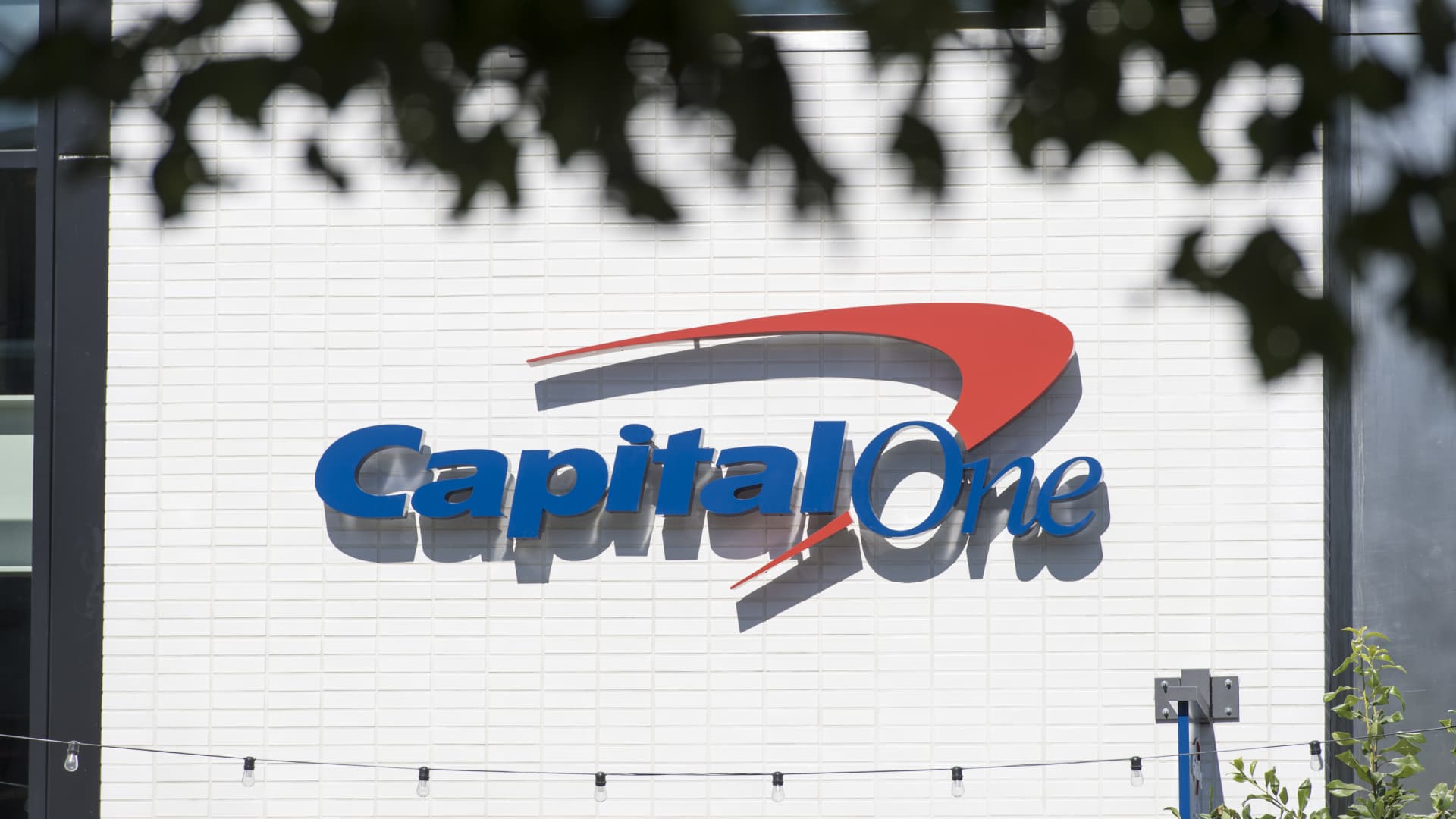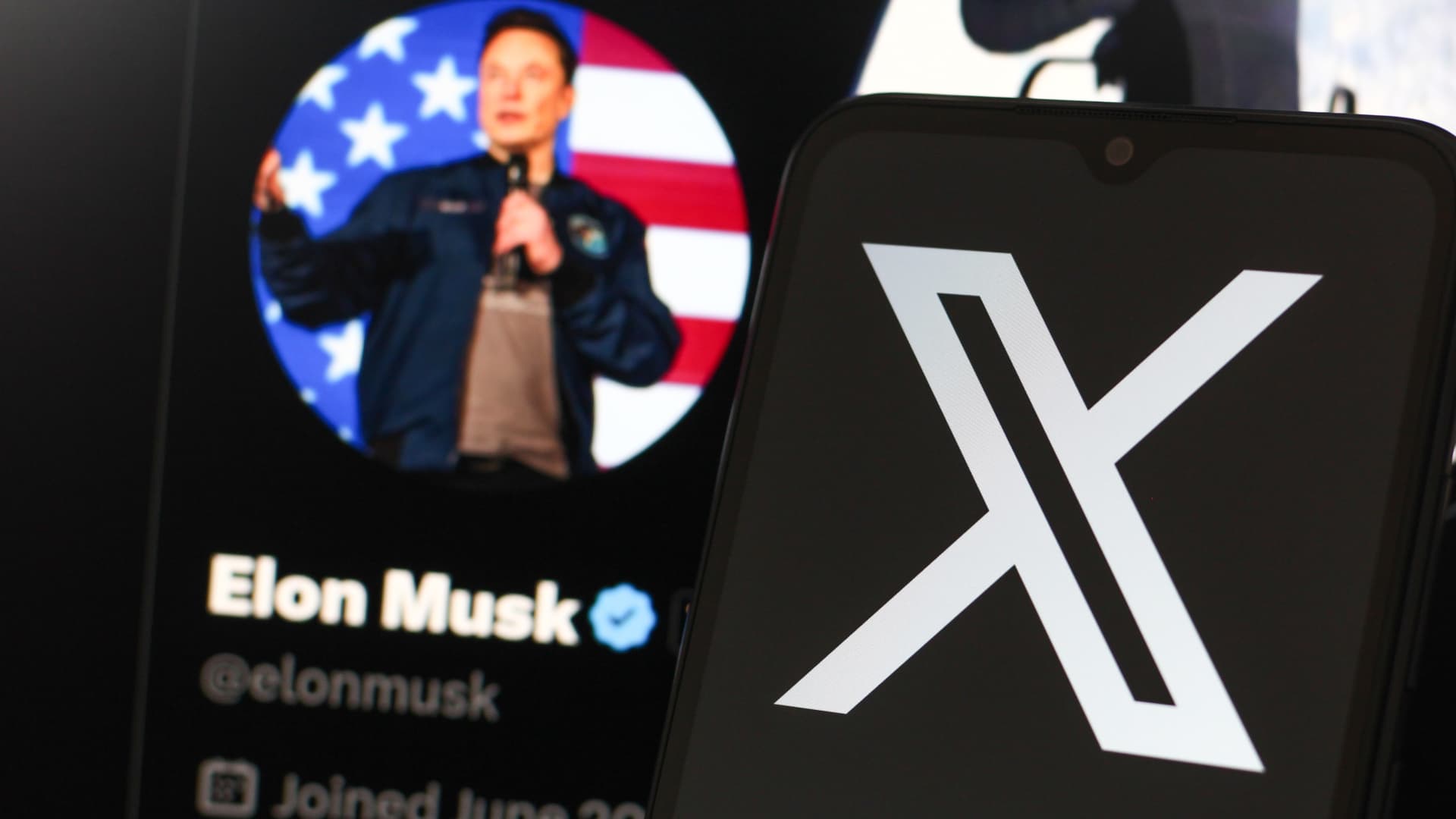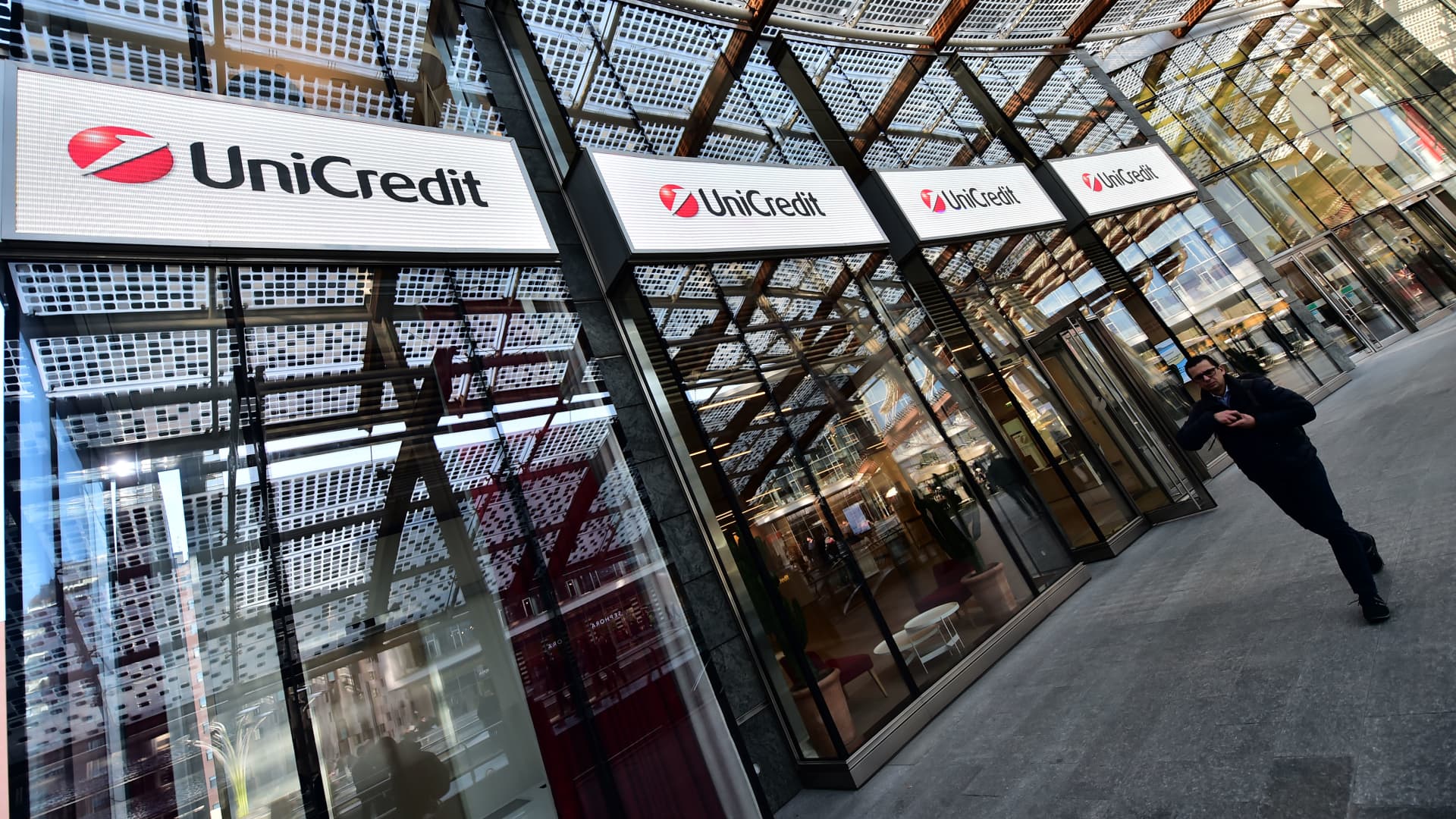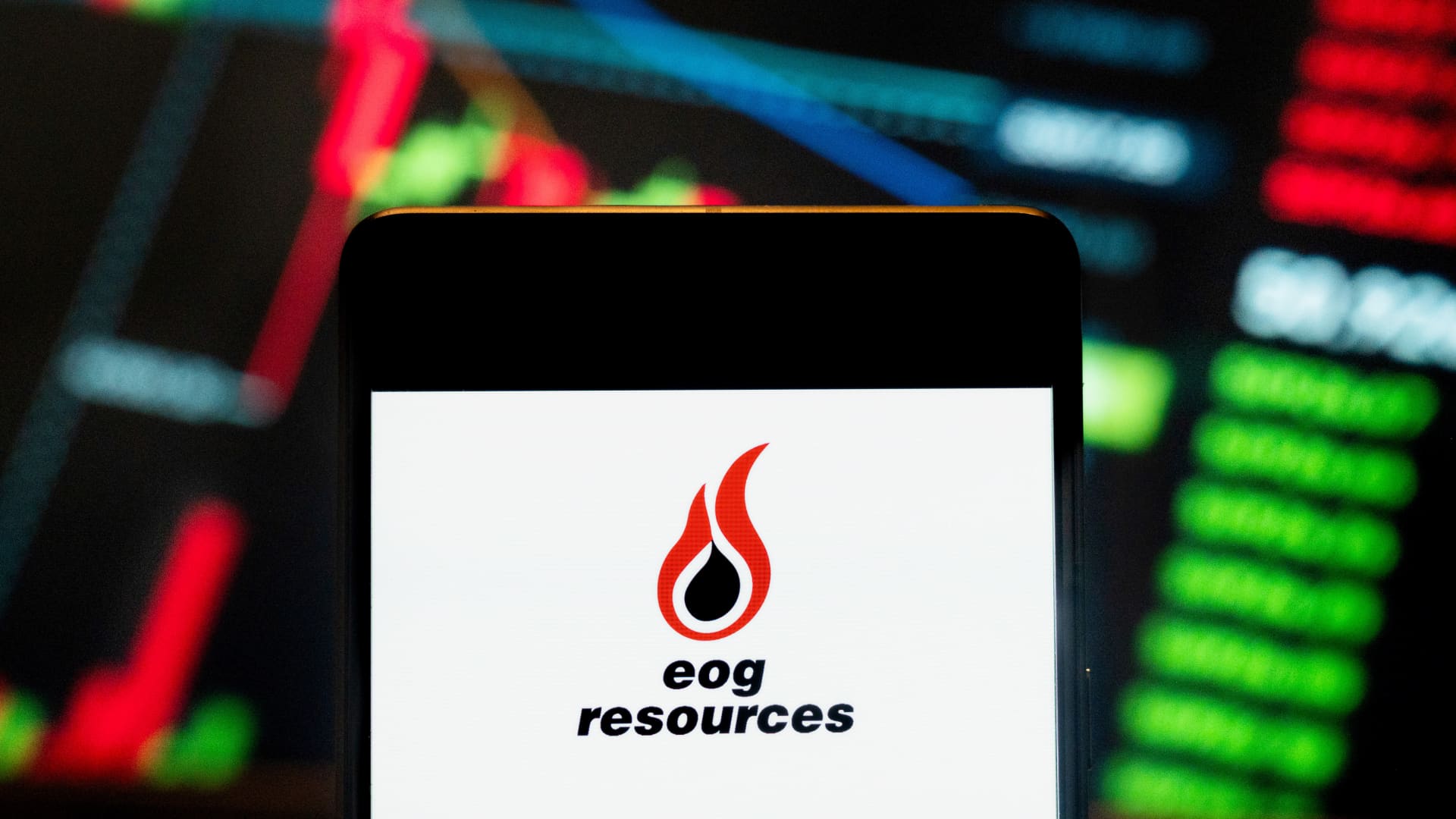Last week started with the big banks delivering strong earnings and ended with regional lenders writing off bad loans. Investors are hoping for calmer waters in the days ahead, as earnings season ramps up and Washington remains in gridlock. Here’s a closer look at what to expect over the next five trading days. 1. Market risks: The artificial intelligence trade that has powered the three-year-old bull market has some fresh competition for investors’ attention. Over the past week or so, both the rise in U.S.-China tensions and concerns about credit quality have demonstrated an ability to hurt the broader market. Plus, the longer the federal government shutdown drags on, the greater the risk it poses to the economy via tamped-down consumer and business sentiment. As a result, investors need to keep a close eye on all three of these stories. Of course, we hope that developments soothe investor concerns, rather than ratchet them up. On the China front, at least, Friday brought some encouraging news: Treasury Secretary Scott Bessent spoke by phone with his Chinese counterpart — and later announced plans to meet with him in Malaysia — while President Donald Trump conceded, in a Fox Business interview, that his threat of an additional 100% tariff on Chinese imports is “not sustainable.” Sentiment around the banks in Friday’s session also improved following Thursday’s sell-off. Baird upgraded Zions Bancorp , one of the regional lenders whose warning of bad loans rocked the market. Meanwhile, a senior analyst at the credit rating agency Moody’s defended the health of the sector in a CNBC interview. “When we dig deeper here and look to see if there’s a turn in the credit cycle, which is effectively what the market seems to be focusing on, we can find no evidence,” said Marc Pinto, head of global private credit at Moody’s. 2. Earnings: The fall earnings season is picking up steam, with five Club names set to report this week. Outside the portfolio, about 80 companies in the S & P 500 are scheduled to post results. All revenue and sales estimates are sourced from data provider LSEG. Danaher’s China business has been squeezed by the government’s effort to control health-care costs, known as volume-based procurement programs. We’ll be looking for any signs of improvement when the life sciences company reports earnings on Tuesday, even as our expectations are tempered by Abbott Labs ‘ earnings last week, which showed China is still sluggish. Outside of China, we hope for an acceleration in bioprocessing orders to get the book-to-bill comfortably above 1, the level at which a company is delivering orders about as quickly as they are received. (Above 1 means a backlog is generated.) Overall, Danaher is projected to earn $1.72 per share on revenues of $6.01 billion. Analysts expect credit card issuer Capital One to deliver EPS of $4.37 on $15.08 billion in revenue when it reports Tuesday. Shares were hit hard in Thursday’s bank sell-off, but they recovered a good chunk of those losses Friday. A strong earnings report from peer American Express helped restore confidence in the health of the consumer, even if Capital One’s customer base isn’t as affluent as AmEx. Nevertheless, expect questions about consumer spending, delinquency rates, and credit-loss provisions to feature prominently in management’s call with investors. Bigger picture, we want to learn more about the integration of Discover Financial Services, five months after it closed. This will be the first earnings report that includes a full quarter of Discover contributions. The benefits of that blockbuster merger, which gave Capital One a proprietary payments network to lessen its reliance on Mastercard and Visa over time, are at the heart of our investment thesis. GE Vernova is expected to report earnings of $1.62 per share on sales of $9.16 billion on Wednesday. For the maker of gas turbines, it’s all about margins , orders, and the backlog. We’re curious to hear what management has to say about all the AI data center megadeals we’ve heard about over the past month. When it comes to building out AI infrastructure, getting the chips needed is one thing, but the power required to run these data centers may well prove the real bottleneck. GE Vernova’s largest gas turbines are in short supply, as are those from competitors like Mitsubishi Heavy Industries , so we’ll be listening for any commentary on manufacturing expansion plans. Jim has said he’d like to see GE Vernova spend a bit more to expand. Honeywell is one of two industrials in the portfolio slated to report Thursday morning. The consensus is for revenues of $10.15 billion and EPS of $2.57. It’s the final time Honeywell will report results before its Solstice advanced materials business is spun off. While the commentary on the business won’t be as relevant to Honeywell going forward, it will be important in understanding how Solstice’s first quarter is going. Aerospace results will also be in focus. The segment missed expectations last quarter, with management attributing the weakness to original equipment manufacturer (OEM) destocking. The team did, however, tell investors that the headwind was expected to abate in the back half of the year. We’ll be looking for improvement, especially given management’s plans to spin Aerospace out in the back half of 2026. Industrial automation is expected to be down again year over year; we’d like to know when it will return to growth. Wall Street is modeling EPS of $2.51 on revenues of $2.11 billion for Dover , the other industrial name reporting Thursday. It’s been a tough year for Dover shares, and we’ve tried to be patient as it rejiggers its portfolio to focus on higher-margin and faster-growing businesses like clean energy components, single-use biopharma, and data center cooling. Beyond profits and sales, the metric to watch closest is bookings, which are the best predictor of future growth. In the second quarter, bookings rose 7% companywide on an annual basis, and management was encouraged about the early third-quarter trends. Additionally, all five of Dover’s operating segments saw book-to-bill ratios north of 1 in the second quarter, meaning they received more orders in the period than they fulfilled. Can that repeat in Q3? Finally, margins are especially important at this stage for Dover, given its productivity investments and cost-saving efforts. 3. Economic data: The shutdown has created a lull in official government economic data. Past the halfway point of October, the September jobs report remains nowhere to be found. However, the Bureau of Labor Statistics earlier this month called employees back to work on the consumer price index (CPI) report. The move is due to the Social Security Administration’s need for third-quarter CPI data, which is used to calculate annual cost-of-living adjustments, before Nov. 1. While earnings season has helped fill the information void, this pause in government data comes at a uniquely unfortunate time, given questions about the health of the labor market and inflationary pressures during the trade war. If the shutdown lasts through next week, the initial jobless report and the September new home sales report are unlikely. However, on Wednesday, we should get the September existing home sales report from the National Association of Realtors. Any commentary relating to the housing market is certainly welcome, as shelter cost inflation is still trending above target and helping to prop up the overall rate of inflation despite the Federal Reserve’s best efforts. Club name Home Depot is also counting on a pickup in housing activity to drive sales. Week ahead Monday, Oct. 20 Before the bell: Cleveland-Cliffs (CLF) After the bell: Crown Holdings (CCK), Zions Bancorp (ZION), Steel Dynamics (STLD), WE Berkley (WRB) Tuesday, Oct. 21 Before the bell: Danaher (DHR) , Coca-Cola (KO), GE Aerospace (GE), Elevance Health (ELV), Lockheed Martin (LMT), Philip Morris International (PM), RTX Corporation (RTX), General Motors (GM), 3M Company (MMM), Nasdaq (NDAQ), Northrop Grumman (NOC), PulteGroup (PHM), Equifax (EFX) After the bell: Capital One Financial Corp. (COF) , Intuitive Surgical (ISRG), Texas Instruments (TXN), EQT Corporation (EQT), Mattel (MAT), East West Bancorp (EWBC), National Bank Holdings (NBHC), Omnicom Group (OMC), Waste Connections (WCN), Agree Realty (ADC), Bridgewater Bancshares (BWB), Pathward Financial (CASH), Cathay General Bancorp (CATY), Chubb Corporation (CB) Wednesday, Oct. 22 Before the bell: GE Vernova (GEV) , Amphenol (APH), Vertiv Holdings (VRT), Boston Scientific (BSX), Hilton Worldwide (HLT), AT & T (T), Taylor Morrison Home Corporation (TMHC), Teck Resources (TECK), BankUnited (BKU), M/I Homes (MHO), NVR Inc (NVR) After the bell: Tesla (TSLA), International Business Machines (IBM), Kinder Morgan (KMI), Quantumscape (QS), Century Communities (CCS), Texas Capital Bancshares (TCBI), Alcoa (AA), SAP SE (SAP), Lam Research (LRCX), Knight-Swift Transportation Holdings (KNX), CACI International (CACI), Medpace Holdings (MEDP), O’Reilly Automotive (ORLY), Viking Therapeutics (VKTX), Lending Club (LC), Las Vegas Sands (LVS) Thursday, Oct. 23 Existing Home Sales at 10 a.m. ET Before the bell: Honeywell International (HON) , Dover (DOV) , American Airlines Group (AAL), Freeport-McMoRan Copper & Gold (FCX), Dow Chemical (DOW), Hasbro (HAS), Southwest Airlines (LUV), Nokia (NOK), AutoNation (AN), T-Mobile US (TMUS), Blackstone (BX), PG & E (PCG), Rogers Communications (RCI), Simply Good Foods Company (SMPL), Valero Energy (VLO) After the bell: Intel (INTC), Newmont Mining (NEM), Alaska Air Group (ALK), Nextracker (NXT), Deckers Brands (DECK), Boyd Gaming (BYD), Ford Motor (F) Friday, Oct. 24 Consumer Price Index (CPI) report at 8:30 a.m. ET Before the bell: Procter & Gamble (PG), Booz Allen Hamilton Holding (BAH), Gentex (GNTX), Flagstar Financial (FLG), GrafTech International (EAF), First Hawaiian (FHB), General Dynamics (GD), HCA Healthcare (HCA), Illinois Tool Works (ITW) (Jim Cramer’s Charitable Trust is long *** FILL IN*** . See here for a full list of the stocks.) As a subscriber to the CNBC Investing Club with Jim Cramer, you will receive a trade alert before Jim makes a trade. Jim waits 45 minutes after sending a trade alert before buying or selling a stock in his charitable trust’s portfolio. If Jim has talked about a stock on CNBC TV, he waits 72 hours after issuing the trade alert before executing the trade. THE ABOVE INVESTING CLUB INFORMATION IS SUBJECT TO OUR TERMS AND CONDITIONS AND PRIVACY POLICY , TOGETHER WITH OUR DISCLAIMER . NO FIDUCIARY OBLIGATION OR DUTY EXISTS, OR IS CREATED, BY VIRTUE OF YOUR RECEIPT OF ANY INFORMATION PROVIDED IN CONNECTION WITH THE INVESTING CLUB. NO SPECIFIC OUTCOME OR PROFIT IS GUARANTEED.














Leave a Reply